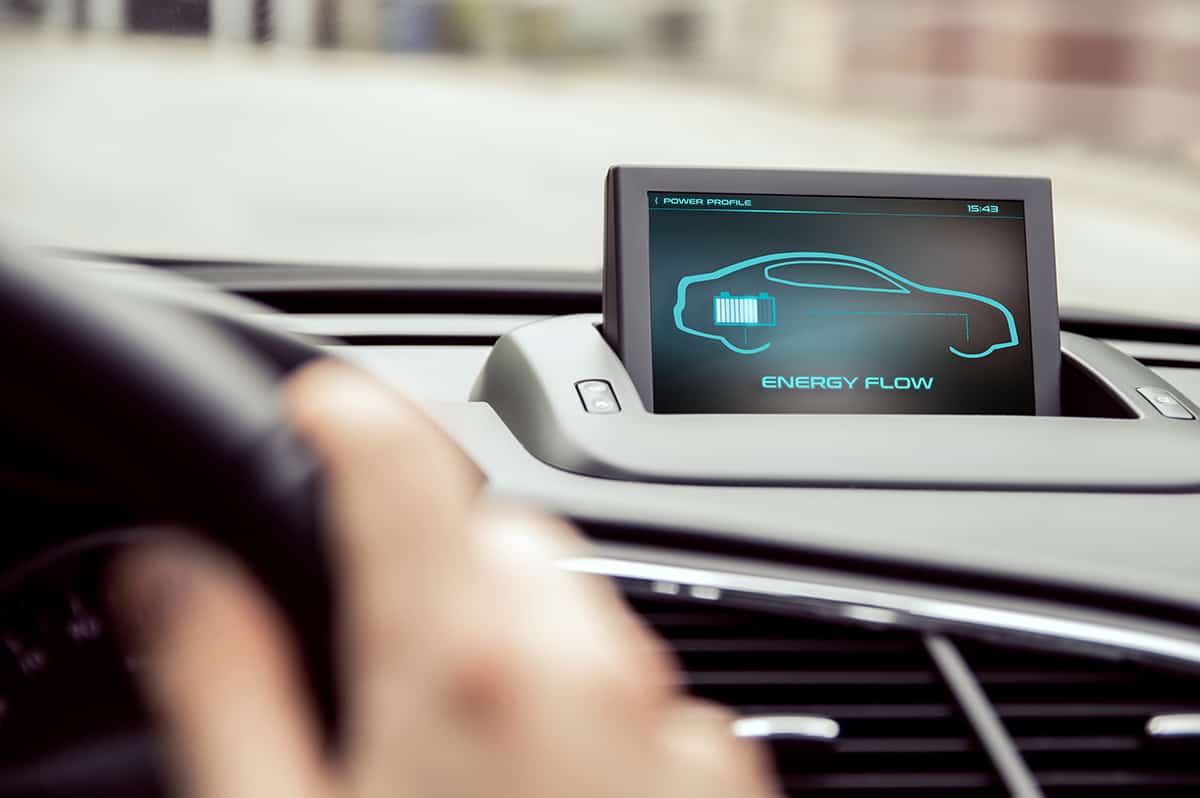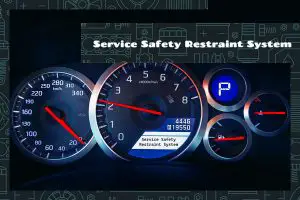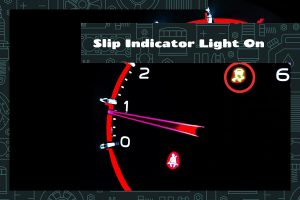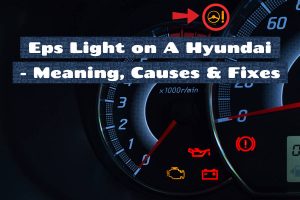Driving with the battery light on is a common concern among vehicle owners. This warning light can leave drivers wondering about the safety and potential consequences of continuing to drive with the light on.
In most cases, you can drive for about 30 to 60 minutes with the battery light on before the vehicle loses power. However, this time frame depends on the specific issue affecting the charging system.
This guide will provide information on the reasons behind the battery light coming on, the potential risks of driving with it on, and the necessary steps to take when this warning light appears.
Reasons for the Battery Light Coming On
There are several reasons why the battery light may come on while driving. These reasons include problems with the alternator, serpentine belt, battery, electrical connections, and voltage regulator. Understanding each of these issues can help you address the problem effectively.
1. Faulty alternator
The alternator is responsible for generating electricity and charging the battery. If it’s not working correctly, the battery light can turn on. A failing alternator may produce less power than needed, leading to a drained battery.
2. Loose or broken serpentine belt
The serpentine belt connects the engine to the alternator. If it becomes loose or breaks, the alternator can’t function properly, causing the battery light to come on. A damaged belt should be replaced as soon as possible to avoid further issues.
3. Bad battery
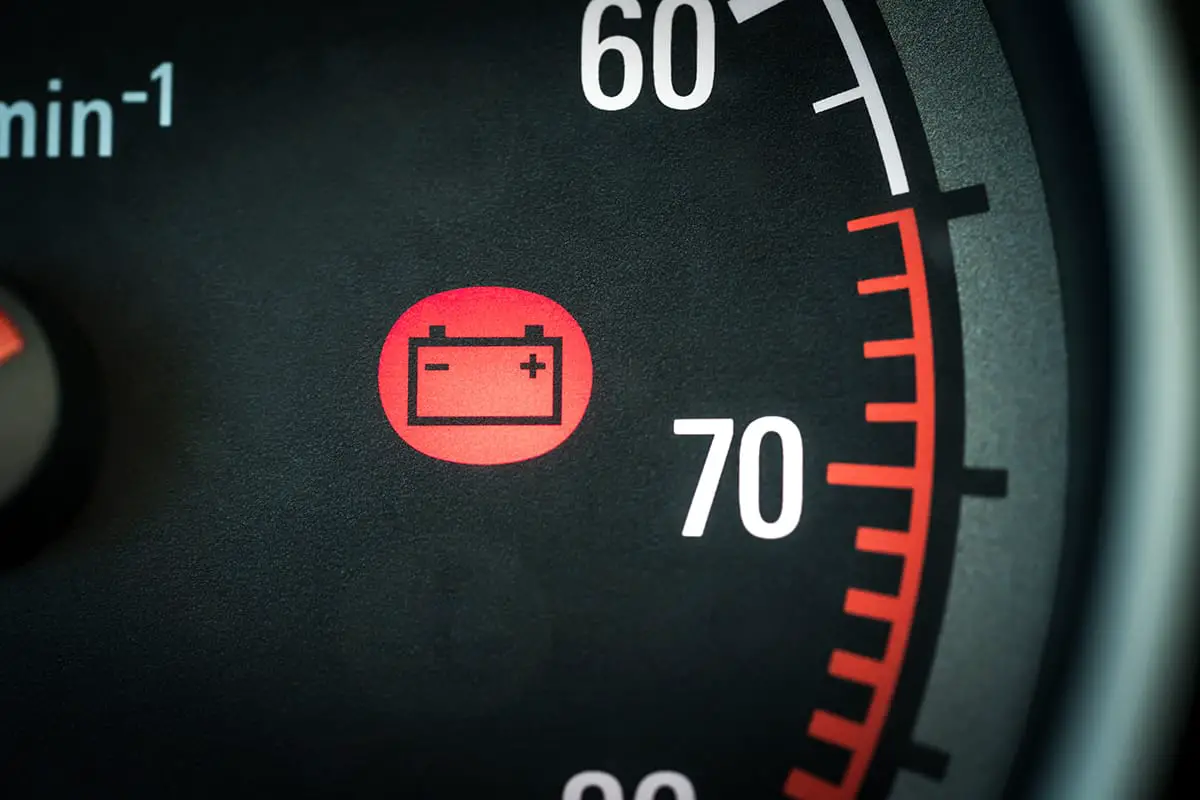
A weak or failing battery might not hold a charge, which can cause the battery light to turn on. Batteries have a limited lifespan, and over time, they can lose their ability to store energy effectively. Regular battery checks can help identify a failing battery.
4. Poor electrical connections
Loose or corroded connections can disrupt the flow of electricity, leading to the battery light coming on. Inspecting and cleaning connections regularly can prevent this issue and ensure a steady flow of power to the charging system.
5. Faulty voltage regulator
The voltage regulator controls the amount of voltage sent to the battery. If it malfunctions, it can cause the battery light to turn on. A failing voltage regulator may overcharge or undercharge the battery, leading to poor performance and potential damage to the battery and other electrical components.
How Long Can You Drive with the Battery Light On?
If the light on your car that shows the battery is on, it means there might be a problem with the part that charges the battery. How long you can drive with the light on depends on how serious the problem is and how much battery power you have left.
Usually, you can drive for about 30 to 60 minutes before the car stops working. But sometimes it could be more or less time depending on what’s wrong with your car.
If the issue is with the alternator or serpentine belt, your car may only have enough battery power to last for about 20-30 minutes. On the other hand, if the problem is with the battery itself or electrical connections, you might be able to drive for a longer period.
Potential Risks of Driving with the Battery Light On
Continuing to drive with the battery light on can lead to several risks that can impact your vehicle’s performance, safety, and overall driving experience.
1. Complete power loss
One of the primary risks of driving with the battery light on is the possibility of complete power loss. If the charging system fails, your vehicle may lose all electrical power, causing it to stall and leaving you stranded on the road. This can be especially dangerous if you’re driving on a busy highway or in an area with limited access to assistance.
2. Reduce vehicle performance
A malfunctioning charging system can affect various vehicle systems, such as power steering, air conditioning, and engine performance. Driving with the battery light on can result in decreased responsiveness and overall reduced performance, making it harder to control your vehicle and potentially leading to unsafe driving conditions.
3. Damage to electrical components
Continuing to drive with a faulty charging system can result in damage to your vehicle’s electrical components. Overcharging or undercharging the battery can lead to excessive wear on components like the alternator, voltage regulator, and battery itself. This damage can lead to costly repairs and even render your vehicle inoperable until the issue is resolved.
4. Increased risk of accidents
Driving with the battery light on can also increase the risk of accidents, particularly if the issue leads to sudden power loss or reduced vehicle performance. Loss of power steering, for example, can make it difficult to control your car in emergency situations, increasing the likelihood of an accident.
What to Do When the Battery Light Comes On
If the battery light turns on while driving, pull your vehicle over safely and perform the following inspections and fixes.
1. Inspect the serpentine belt
Once you’ve safely pulled over, check the serpentine belt for signs of wear, damage, or looseness. If you spot any issues, you’ll need to replace the belt before continuing to drive. If you’re unsure how to do this yourself, call a professional mechanic or roadside assistance for help.
2. Check the battery connections
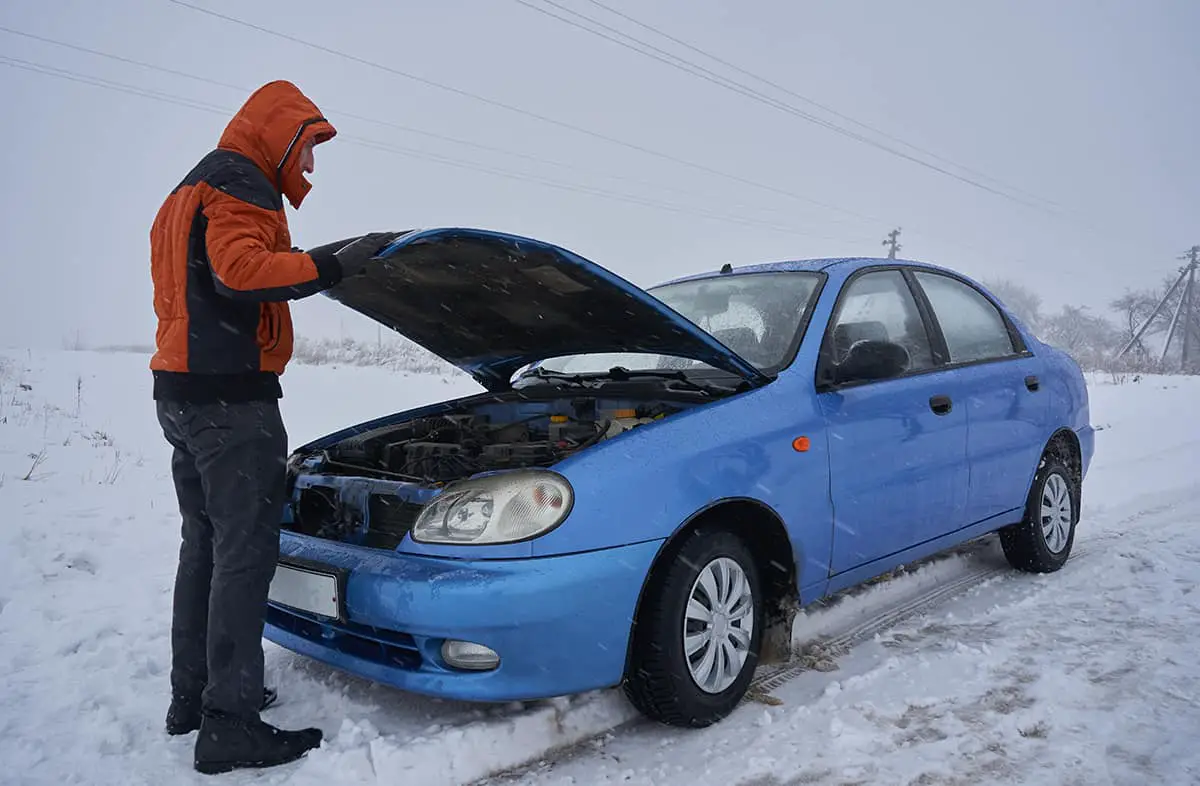
Open the hood and inspect the battery connections. Look for signs of corrosion or loose connections, as these can cause the battery light to come on. If you find any issues, clean the connections and tighten them as needed. Be sure to wear gloves and eye protection when working with the battery, as it contains acid that can be harmful if it comes into contact with your skin or eyes.
3. Call for professional assistance
If you’re unable to identify the issue or feel unsure about making repairs yourself, it’s best to call a professional mechanic or roadside assistance service for help. They can assess the situation, diagnose the problem, and provide the necessary repairs to get you back on the road safely.
4. Schedule a vehicle inspection
After addressing the immediate issue, schedule a thorough inspection of your vehicle’s charging system with a trusted mechanic. They can identify any underlying problems and recommend preventive maintenance to help avoid similar issues in the future. Regular vehicle checkups are essential to keep your car running smoothly and safely.
FAQs
1. What does it mean when the battery light comes on while driving?
When the battery light comes on while driving, it indicates an issue with the vehicle’s charging system, which includes the battery, alternator, and voltage regulator. The light signals that the system is not maintaining a proper electrical charge.
2. How long can I drive my car with the battery light on?
You can generally drive for about 30 to 60 minutes with the battery light on before the vehicle loses power. However, this time frame depends on the specific issue affecting the charging system.
3. What happens if I ignore the battery light?
If you ignore the battery light, you risk complete power loss, reduced vehicle performance, damage to electrical components, and an increased risk of accidents due to impaired vehicle control.
4. Will the car shut off if I continue driving with the battery light on?
If you continue driving with the battery light on, the car may eventually shut off due to a failed charging system. This can lead to a loss of electrical power and cause the vehicle to stall.
5. How much does it cost to fix the problem causing the battery light to come on?
The cost to fix the problem causing the battery light to come on varies based on the specific issue. For example, replacing an alternator can cost between $300 and $900, while a new battery may cost between $100 and $200. It’s best to consult a mechanic for an accurate estimate.
